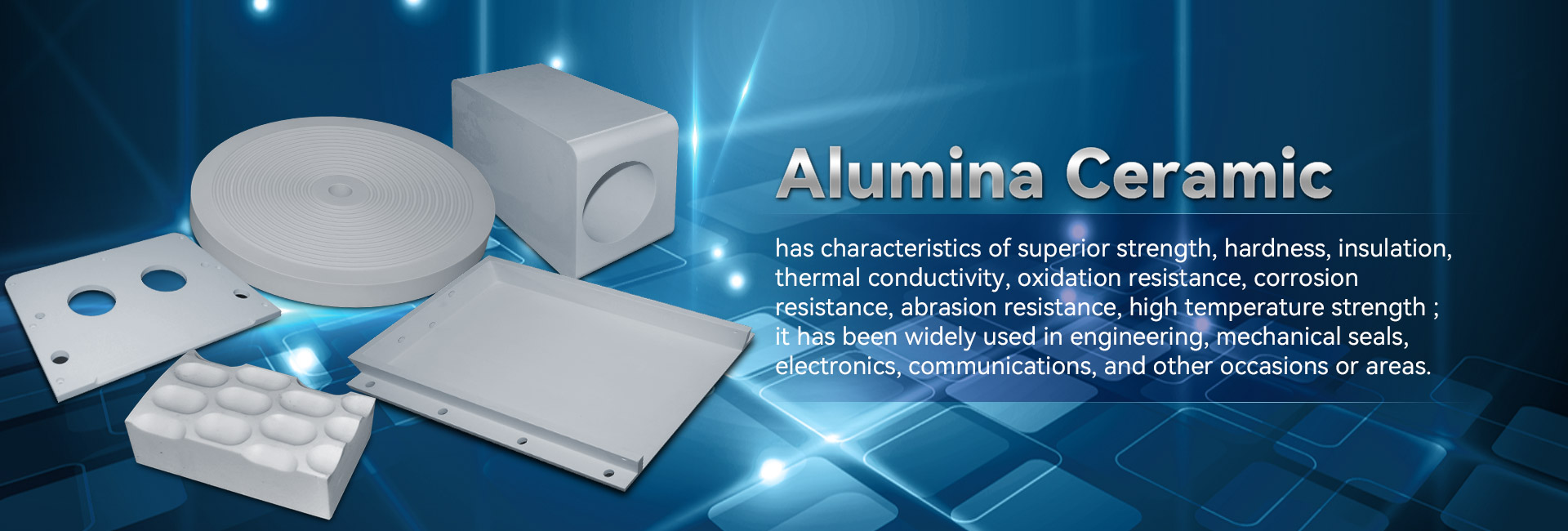
Technological alloy showcase superior mechanical properties, making them suitable for a comprehensive range of functions. Stemming from aeronautical and automotive to electrical apparatus, these constituents are continually evolving to address the expectancies of a innovative realm.
- Their fortitude and resistance to severe climates make them essential for state-of-the-art mechanisms.
- In addition, technical ceramics contribute positive attributes in terms of functionality, aiding the innovation of state-of-the-art systems.
Producing Compounds: Fashioned for Outstanding Quality
Fabricated ceramics prevail in severe deployments due to their outstanding features. Constructed from specially chosen raw constituents and treated by intensive processing approaches, these high-tech materials showcase peerless toughness, wear resistance, and endurance to tough heat, wearing, and abrasion. From orbital elements to fine crafting tools, industrial ceramics provide excellent efficiency across numerous industries. Their pliability allows withstanding extreme places, affirming durability and steadfastness. As improvement progresses, the necessity for advanced elements grows, cementing the fundamental stance of industrial ceramics in shaping a thriving future.
High-Tech Ceramics: Breaking Compound Edges
Elements, displaying notable robustness and tenacity, are at the start of a innovation. Pioneering ceramics, developed with exact control over their arrangement and minutiae, transcending the thresholds of everything that is conceivable. These ceramics showcase a wide assortment of attributes, substantially aiding them advantageous for stringent applications such as outer space, biomedical, and fuel. From lightweight parts that hold up under extreme heat levels to biocompatible implants that fuse fast with the living system, advanced ceramics are altering our life.
Accurate Ceramic Engineering: Satisfying Exacting Requirements
Specialized ceramic fabrication has progressed notably in recent times, empowering the assembly of detailed and highly useful ceramic units. These pieces are indispensable across a multifaceted range of markets, including astronautics, healthcare, and electronics domains. Satisfying the strict conditions for these uses calls for precise fabrication practices that confirm dimensional rightness, surface coating, and material characteristics. Modern ceramic fabrication processes utilize several methods, including slip casting, injection molding, and additive manufacturing. These procedures facilitate the formulation of complicated designs and exact elements with highly rated accuracy. Additionally, advances in material research have yielded new ceramic blends endowed with improved qualities. These composites boast increased toughness, sturdiness, and tolerance to drastic hotness conditions, empowering their use in high-end sectors.
The prospects for meticulous ceramic fabrication are vast. As research and improvement proceed, we can await even more innovative techniques and composites that will additionally increase the frontiers of what is attainable in this domain.
Elite Ceramic Products for Severe Realms
Engineered ceramic forms possess extraordinary resilience and resistance against rigorous locales, making them ideal for challenging actions in defense domains. These modern ceramics can withstand high climatic loads, guard against corrosion, and maintain their robustness under demanding load-bearing pressings. Their distinctive atomic traits facilitate consistent utility in inimical situations, including thermal devices, aero engines, and power stations.
- Composite ceramics
- Thermal stability
- Mass reduction
Material Composites: Integrating Robustness and Functionality
Alloyed ceramics exhibit a convincing mix of mechanical strength and distinct functional abilities. Through the merging of ceramic grains within a copyright, these structures achieve outstanding efficiency. This synthesis results in heightened resistance against high hotness, wearing, and chemical degradation, rendering them suitable for precise functions in outer space, transportation, and energy arenas. Furthermore, ceramic composites are tailored to possess particular properties like electrical conductivity or biocompatibility, expanding their usage across diverse realms.
Structural Governance in Cutting-Edge Ceramics
Reaching expected characteristics in state-of-the-art ceramics routinely requires meticulous regulation over their fine formation. Numerous treatment elements, including sintering thermal exposure, extent, and atmosphere, alongside the addition of dopants or auxiliary phases, substantially alter the distribution of clusters, permeability, and other microstructural peculiarities. Rigorous refinement of these criteria allows for the advancement of hardness, break resistance, and thermokinetic conductivity. In particular, upsizing the sintering heating point can encourage grain development, thus increasing density and improving mechanical fortitude. Conversely, governing the firing atmosphere may shift the oxidation condition of the ceramic, thereby influencing its electrical transfer or magnetic specs. Recognizing these relationships between microstructure and properties is crucial for constructing advanced ceramics with designed performance suitable for numerous deployments.
Abrasion-Resistant Ceramics: Increasing Longevity
Across high-stress factory areas, where modules are subjected to constant grinding and damage, products with high durability are urgently required. Wear-resistant ceramics have come forth as a dominant response, supplying unparalleled fortitude and capability in numerous markets such as operation, mining, and aerospace. These modern substances possess a singularity texture that boosts their ability to endure abrasion. By harnessing the basic toughness and compression of ceramic mixtures, engineers can design strong components capable of enduring the most harsh operating environments.
Medical-Grade Materials: Uses in Healthcare
Biocompatible ceramics have recast the biomedical market, supplying an array of positive traits for various uses. These substances are chemically neutral within the organism, minimizing sensitivity responses and advancing repair. A prime application for biocompatible ceramics is in bone grafts, where their robustness sustains long-lasting stability to damaged flesh.
In addition, they are adopted in dental prosthetics, offering a sturdy and natural-looking solution for molar substitutes. Ceramics also serve a key responsibility in medication delivery, empowering the localized supply of drugs to specific points within the flesh.
- Additionally, biocompatible ceramics are frequently being analyzed for cellular therapy, serving as a matrix for restoration.
- Therefore, the destiny of biocompatible ceramics in biomedical fields looks propitious, with continual research expanding their possibilities.
Precision Ceramic Sensors: Advancing Detailed Measurements
Sensitive ceramic devices have arisen as crucial units across a diverse array of domains. These instruments leverage the distinctive characteristics of ceramic types to deliver highly valid observations. Their alumina ceramic resistance in {demanding|harsh| 